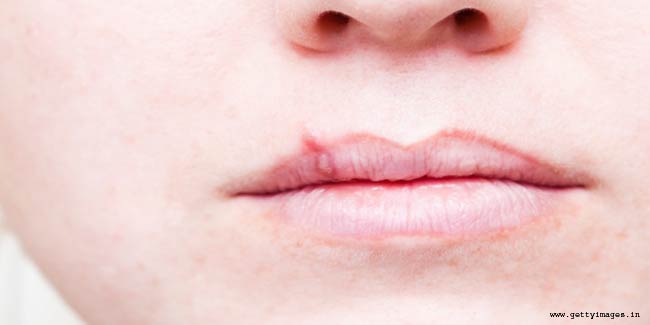
Herpes zoster is also known as shingles or zoster- it is a reactivated varicella-zoster virus (VZV) infection. Confused? Well, it sounds a bit complicated but in simpler terms, shingles in a painful skin rash which is caused by the VZ virus. It is the same virus that causes chicken pox.
Herpes usually appear in a band, a strip, or a small area on one side of the face or body. Older adults or people with a weak immune system are at a higher risk of getting herpes zoster. Most people, who get it, will get better and will not get it again.
Causes of Herpes Zoster
Of course, we have mentioned earlier that the chicken-pox causing virus varicella zoster causes shingles. When you recover from chickenpox, the virus lies dormant in your nerve roots. In some people it may lie dormant forever, while in others, it activates when a disease, stress, or ageing weakens the immune system.
Some medications also can trigger the virus to wake up from its sleep and cause teh painful rash. But, it is unclear how this happens. However, once the virus become active again, it can only cause herpes zoster and not chickenpox.
Symptoms of Herpes Zoster
At the onset of the skin condition, the person usually feels a tingling sensation at the affected area. This is followed by pain, and then a rash.
Pain- The patient feels a continuous pain in the affected area. Some may feel a dull pain while others may experience a burning sensation. The pain may also come in occasional stabbing episodes and the affected area is always tender to touch.
Rash- A rash appears two to three days after the onset of pain. The rash usually emerges on one side of the body, and develops at the area of the affected nerve. Red blotches appear on skin, and rapidly develop into itchy blisters. They look very similar to chickenpox.
Nerve Pain- Some patients may experience severe nerve pain. I f a person suffers postherpetic neuralgia (damaged nerves), the pain may last for a very long time- even months or years after the symptoms disappear.
Other Symptoms- Some additional though mild symptoms may also be accompanied with the skin condition like- confusion, fatigue, fever, headache, memory loss, and abdominal pain.
Treatment for Herpes Zoster
While there is no cure for shingles, medicines can help in easing symptoms and to shorten the duration of shingles.
- You must keep the rash as dry and as clean as possible. This helps reduce the risk of bacterial infection. Patients find loose-fitting clothes easier to wear than tight-fitting ones.
- Typically, over-the-counter painkillers such as ibuprofen paracetamol (acetaminophen, Tylenol) are effective painkillers for people with shingles.
- Antidepressants are sometimes effective for pain management, especially if the pain is severe or long-lasting.
Antivirals do not kill the shingles virus, but they can stop if from reproducing. They are often effective in reducing the severity of symptoms, especially if taken within 72 hours of the appearance of the skin rash.
A National Institutes of Health (NIH) funded study (USA) found that Tai Chi helps boost immunity to the shingles virus in older adults. There are two vaccines which can help prevent shingles - the varicella (chickenpox) vaccine and the varicella-zoster (shingles) vaccine.
Read more articles on Skin Problems.
How we keep this article up to date:
We work with experts and keep a close eye on the latest in health and wellness. Whenever there is a new research or helpful information, we update our articles with accurate and useful advice.
Current Version